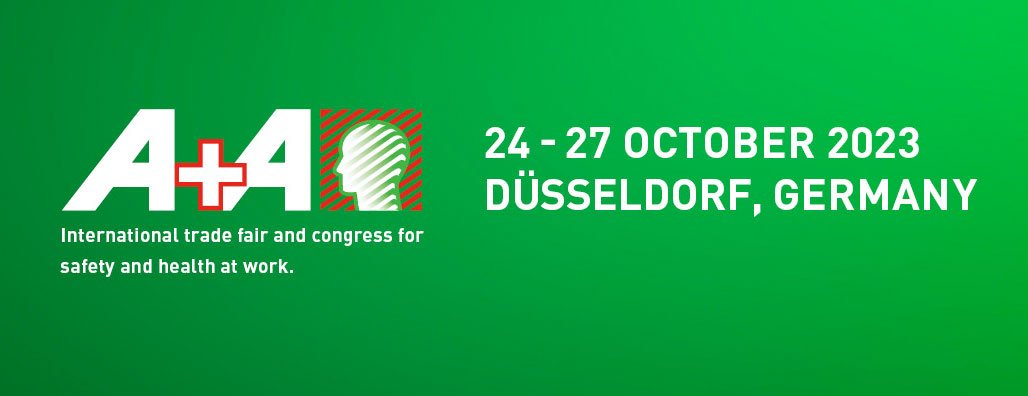The exoskeleton market is growing. According to estimates published by market research institute Frost & Sullivan in 2021, the market for industrial exoskeletons will reach an average annual growth rate of 40% over the coming years and reach a market volume of over $400m by 2025.
A WIDE RANGE OF AUXILIARY SOLUTIONS
The offer of physical assistants has become very versatile. There are many pain-points and risk zones relieved or supported by exoskeletons and efficient suits. They focus on the two most relevant body zones in terms of physical work: back and shoulders. Lightweight textile structures such as those provided by Hunic, but also passive exoskeleton systems like the ones of Laevo, OttoBock, Innophys, ErgoSante and Auxivo relieve the lumbar vertebral coloumn while working. When it comes to active systems providing even data interfaces, GermanBionics stands out. The good news is that, thanks to a big variety of solutions offered, there is a better adaptability/suitability in artisanal jobs in small and medium-sized companies as well as in the big companies in comparison to three years ago. There are also passive exoskeletons of OttoBock, Comau, Ergosante and Skelex for relieving the shoulders during physical efforts. There is a big need of support for workers in environments that cannot be improved by either technical modifications or organizational changes. This is why there is a number of manufacturers worldwide providing products for thumbs, wrists and elbows applying well-established orthetic care principles. Bioservo supports hand strength since hands are the weakest point while carrying out heavy activities.
EXOWORKATHLON® STUDY TO WATCH
So far, many studies put the local relief provided by exoskeletons in the target body regions into evidence by measuring muscle activity and the involved forces. In Exoworkathlon experiments, the research team of Fraunhofer IPA and Stuttgart University were able to demonstrate that the individual relief gained with commercial exoskeletons exceeded 20% in over 80 tests. This kind of individual relief has been registered from muscle activity parameters, which was 20% lower in the back when wearing a skeleton. The physiology performance study carried out by this team also reveals the significant circulatory relief experienced by over 50 welders using passive shoulder exoskeletons. Physical relief can have a positive impact on concentration, too. This was demonstrated by Hamburg- based researchers studying construction workers in 2021. This is a great news because it allows to delay musculoskeletal disorders and to improve the quality of life for manual workers. Moreover, workers are more productive – a relevant issue in terms of demand for skilled workforce that is almost difficult to recruit. In addition to this, it should be considered that a large proportion of serious occupational accidents go hand in hand with declining concentration. This means exoskeletons also serve as prevention. And there is another exciting news: the quality of manually welded seams improved by 10% with exoskeletons. This was proven in cooperation with the Welding Technology Test Centre Hamburg. Right across from the ExoPark, the Exoworkathlon® Study by Fraunhofer IPA and Stuttgart University IFF will run live demos with young workers. At so-called parcours, realistic simulated workstations, exoskeletons supporting the upper extremities and lower back are tested for their impact on work performance, wearers’ reactions, individual perceived relief as well as job desirability. Involving over 100 study subjects so far, this is one of the largest ongoing, prospective exoskeleton studies.

